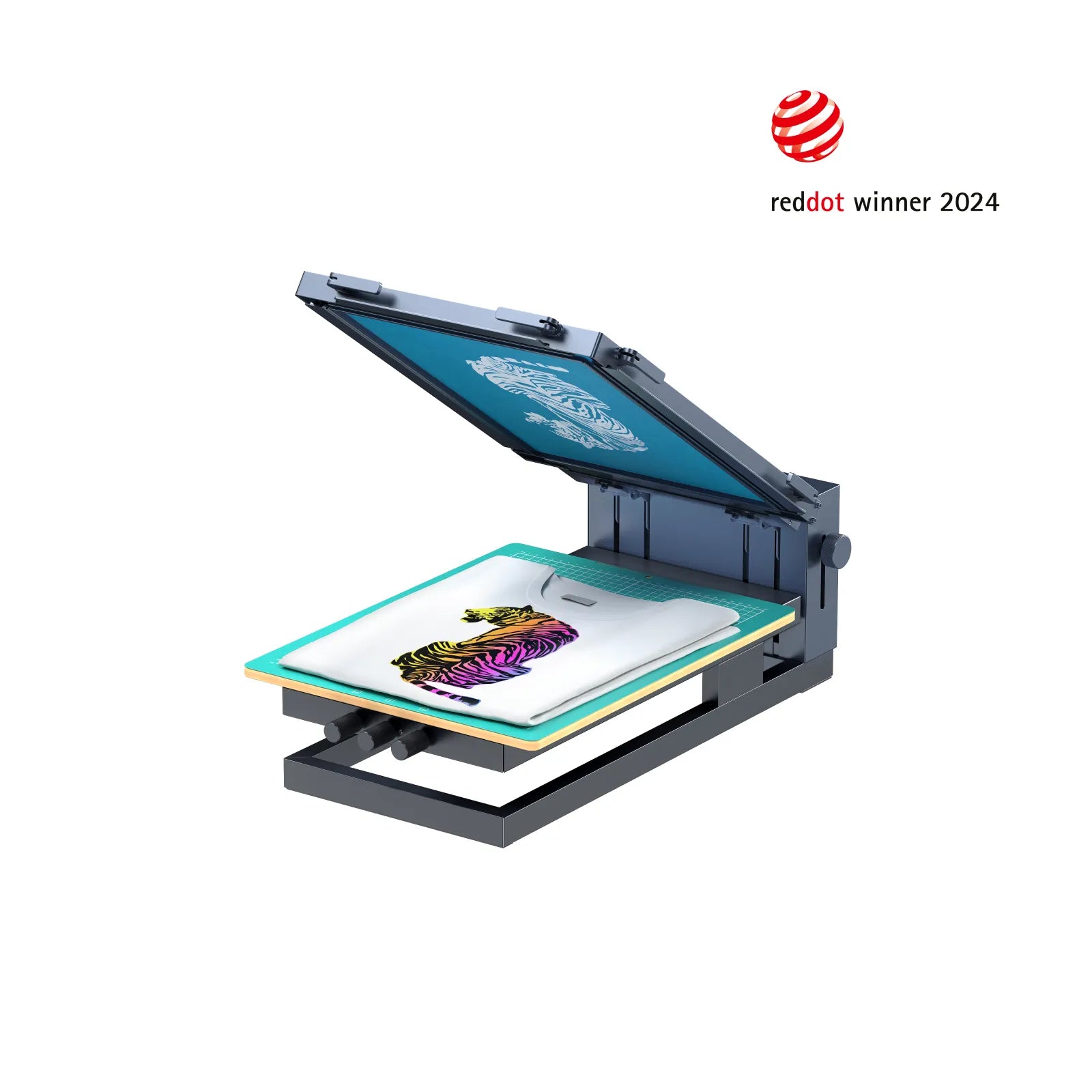ChatGPT said: How 10:9 Design Texas combines creativity and durability in screen printing
The Necessary Overview to Recognizing Screen Printing and Its Versatile Utilizes
Screen printing has a rich background that goes back to ancient times, evolving into an advanced technique utilized throughout various markets today. This overview checks out the details of the screen printing procedure, detailing its applications in fashion, home, and marketing décor - 10:9 Design Screen Printing. Comprehending these principles can open innovative capacity for both business and artistic tasks. The following areas will certainly reveal vital tips and methods to boost one's screen printing endeavors
The Background of Screen Printing
Although screen printing has origins that map back centuries, its development shows the creative and technical advancements of numerous cultures. Coming from old China, the method was initially utilized for enhancing textiles and later spread to Japan, where it came to be essential to Ukiyo-e woodblock printing. The technique moved to Europe in the 18th century, where it got appeal among craftsmens and industrial printers. The creation of picture solution in the 20th century revolutionized screen printing, enabling even more elaborate layouts and higher performance. Musicians like Andy Warhol further thrust its popularity, using the medium to produce renowned jobs that blended commercialism and fine art. By the late 20th century, screen printing had established itself as a versatile technique, utilized in vogue, marketing, and fine art. Today, it remains to progress, integrating digital technology and expanding its applications across different sectors.
The Screen Printing Process Explained
Screen printing transforms artistic visions into tangible layouts via a series of specific steps. An image is produced and then transferred onto a screen, normally made of great mesh material extended over a framework. A light-sensitive emulsion is used to the screen, which is revealed to light, solidifying in areas not covered by the picture. After rinsing the unhardened solution, a pattern is developed.
Next off, the screen is placed over the substratum, whether it be textile, paper, or an additional material. Ink is then pushed with the open locations of the pattern using a squeegee, depositing the design onto the substrate listed below. This process can be duplicated for numerous shades, requiring different screens for each and every color. The printed item is cured making use of warm to guarantee the ink sticks effectively, resulting in a resilient, vivid design ready for use.
Kinds Of Screen Printing Techniques
In addition, specialized methods, such as discharge screen printing, eliminate color from the textile to create softer prints, while foil screen printing uses metal aluminum foil to accomplish a glossy surface (10:9 Design Screen Printing Texas). Each method uses distinctive features, dealing with numerous innovative needs and production ranges, eventually expanding the opportunities within the screen printing domain
Applications of Screen Printing in Numerous Industries

In addition, the signage and marketing sectors use screen printing for creating appealing displays and banners. This method permits strong shades and complex designs that record interest. In electronic devices, screen printing is used for applying conductive inks to circuit card, crucial for component connections. The home décor sector embraces screen printing to produce distinctive styles on fabrics and wall surface art. In general, screen printing offers as an important device throughout diverse fields, improving items with personalized and visually attractive graphics.
Tips for Effective Screen Printing Projects
While undertaking a screen printing job, cautious focus to information can substantially enhance the final end result. First, selecting premium materials is crucial; this consists of the screen, inks, and substratums. Using appropriate mesh counts can impact ink deposition and detail resolution. Preparation is equally vital; thorough cleaning of displays and appropriate direct exposure times ensure crisp prints.
Next, precise registration is crucial for multi-color prints. Utilizing alignment devices you can try here can aid attain exact layering. Additionally, screening prints on scrap products prior to manufacturing assists recognize potential problems without losing resources.

Often Asked Inquiries
What Products Are Ideal for Screen Printing on Textile?
Cotton and polyester blends are perfect for screen printing on fabric due to their toughness and ink absorption. In addition, specialized fabrics like silk or canvas can produce unique textures and finishes, enhancing the general style quality.
How Do I Clean and Maintain Screen Printing Devices?
To clean up and preserve screen printing devices, one must on a regular basis wash displays with ideal solvents, evaluate mops for wear, lube moving components, and shop all items in a dry, dust-free setting to lengthen their life expectancy.
What Are the Environmental Impacts of Screen Printing?
Screen printing can have substantial ecological effects, including chemical waste from inks and solvents, water use throughout cleaning processes, and power usage. Sustainable techniques and environment-friendly products are essential for decreasing these unfavorable results.
Can Screen Printing Be Done in the house Successfully?
Screen printing can be efficiently done at home with the appropriate materials and techniques. Enthusiasts can create top quality prints, though success depends upon their skill degree, equipment, and understanding of the procedure involved.
What Are the Prices Associated With Beginning a Screen Printing Organization?

Beginning a screen printing business involves prices for devices, materials, and work area. Preliminary expenses commonly vary from a couple of hundred to numerous thousand dollars, depending upon the scale, high see page quality of equipment, and wanted manufacturing capability.
Screen printing has an abundant background that dates back to ancient times, developing right into an innovative strategy used across various markets today. An additional strategy, rotary screen printing, employs cylindrical screens, promoting continuous printing on textile rolls, consequently improving effectiveness for large-scale manufacturings. Furthermore, specialized methods, such as discharge screen printing, eliminate color from the material to produce softer prints, while aluminum foil screen printing uses metal aluminum foil to attain a glossy surface. In the fashion industry, screen printing is commonly utilized to produce vibrant styles on apparel, enabling brands to display their special designs. Cotton and polyester blends are optimal for screen printing on fabric due to their resilience and ink absorption.